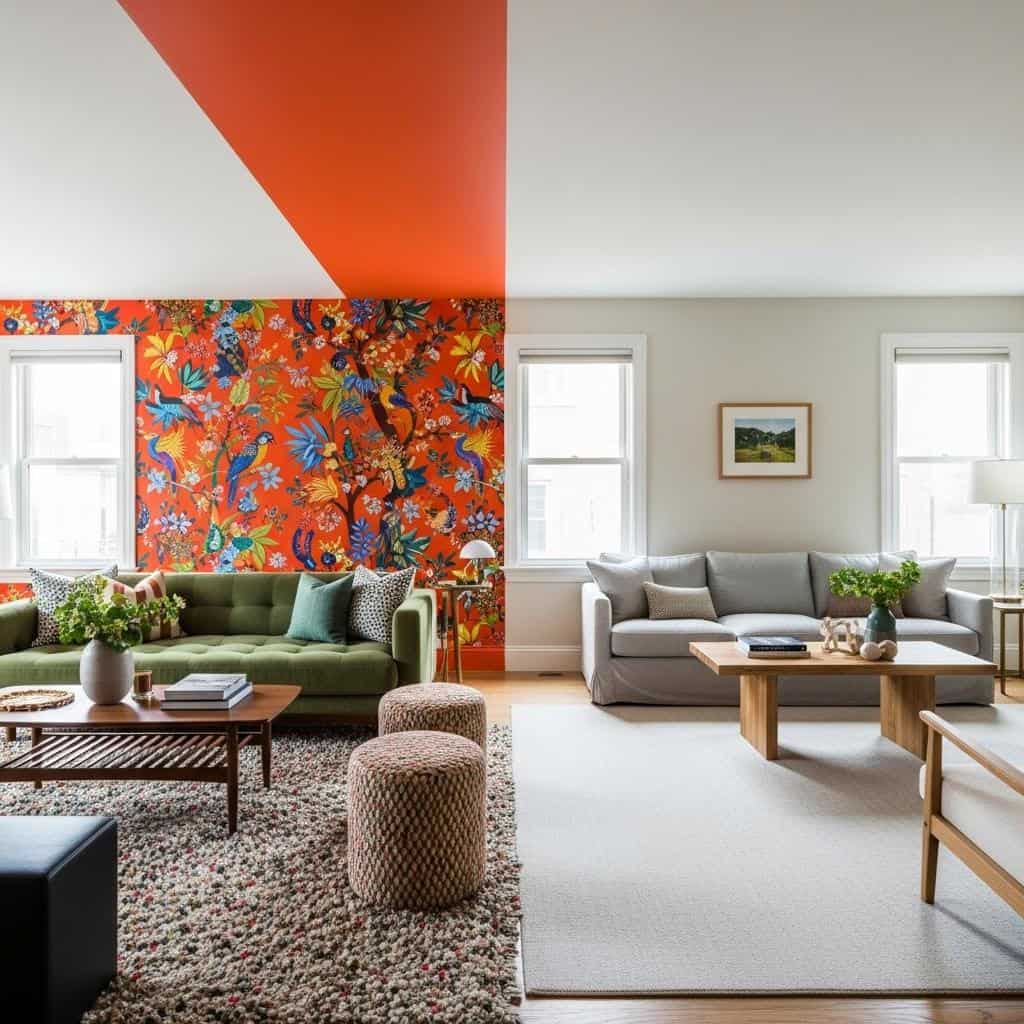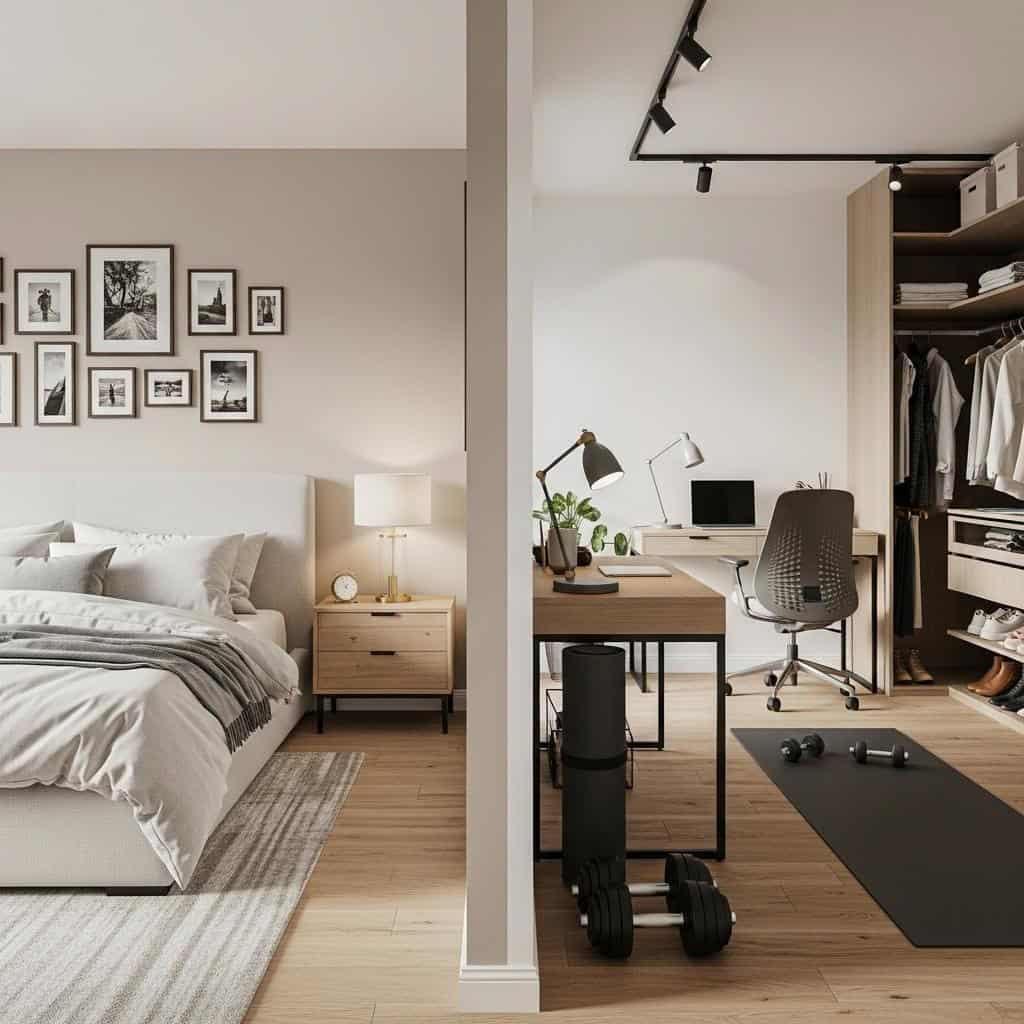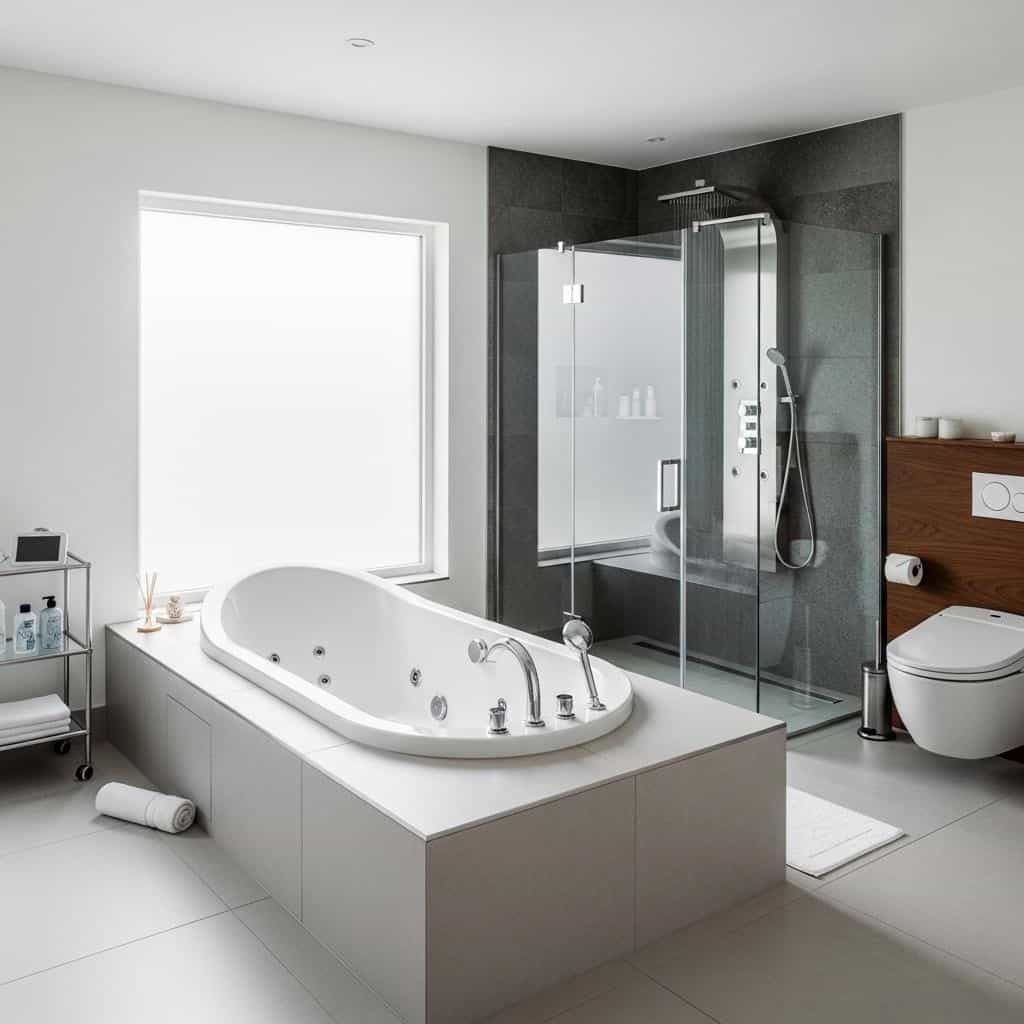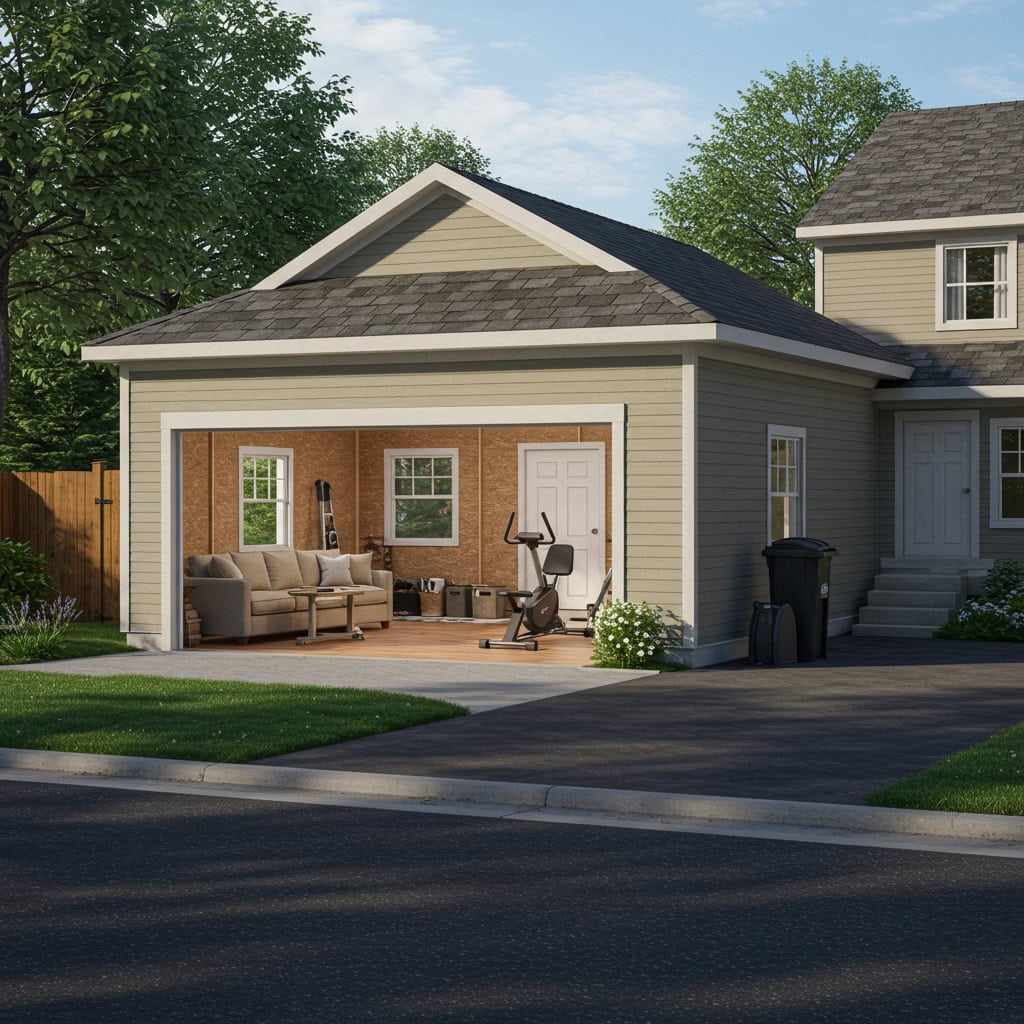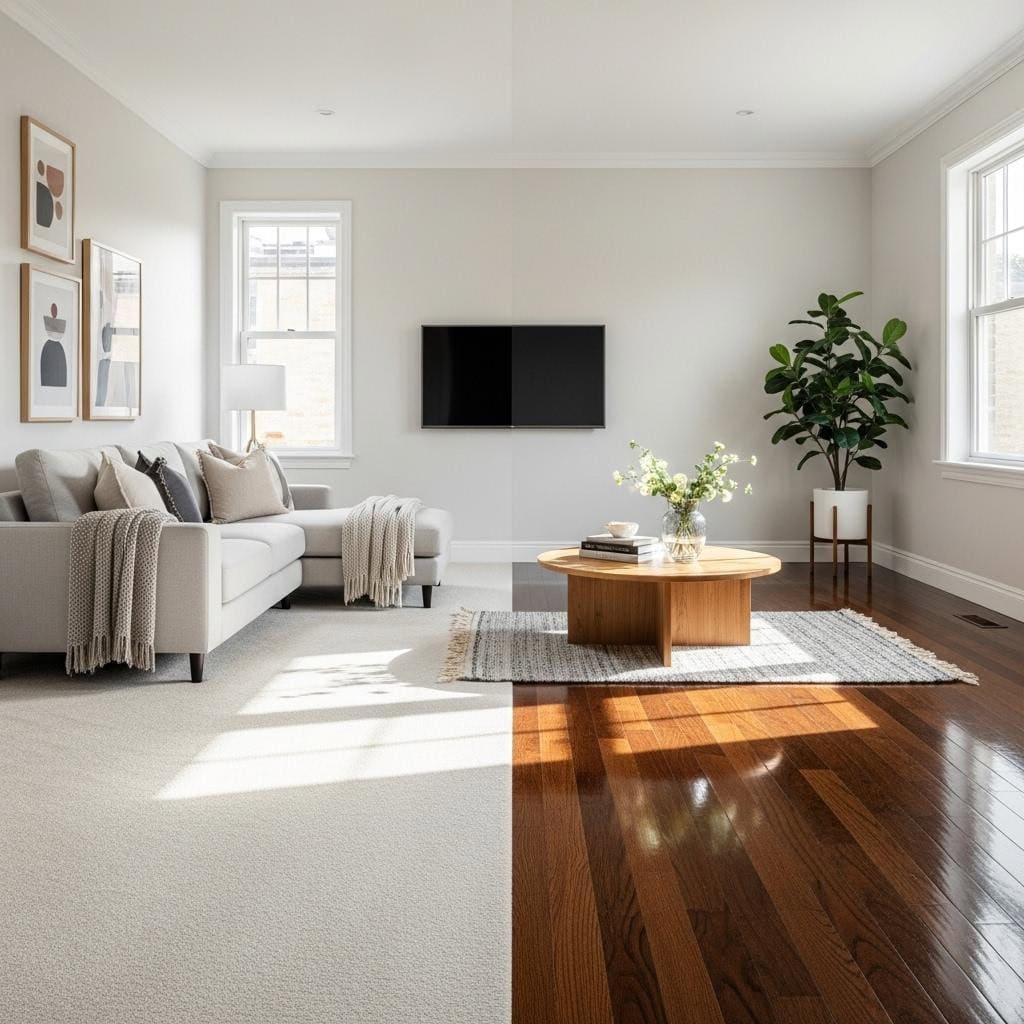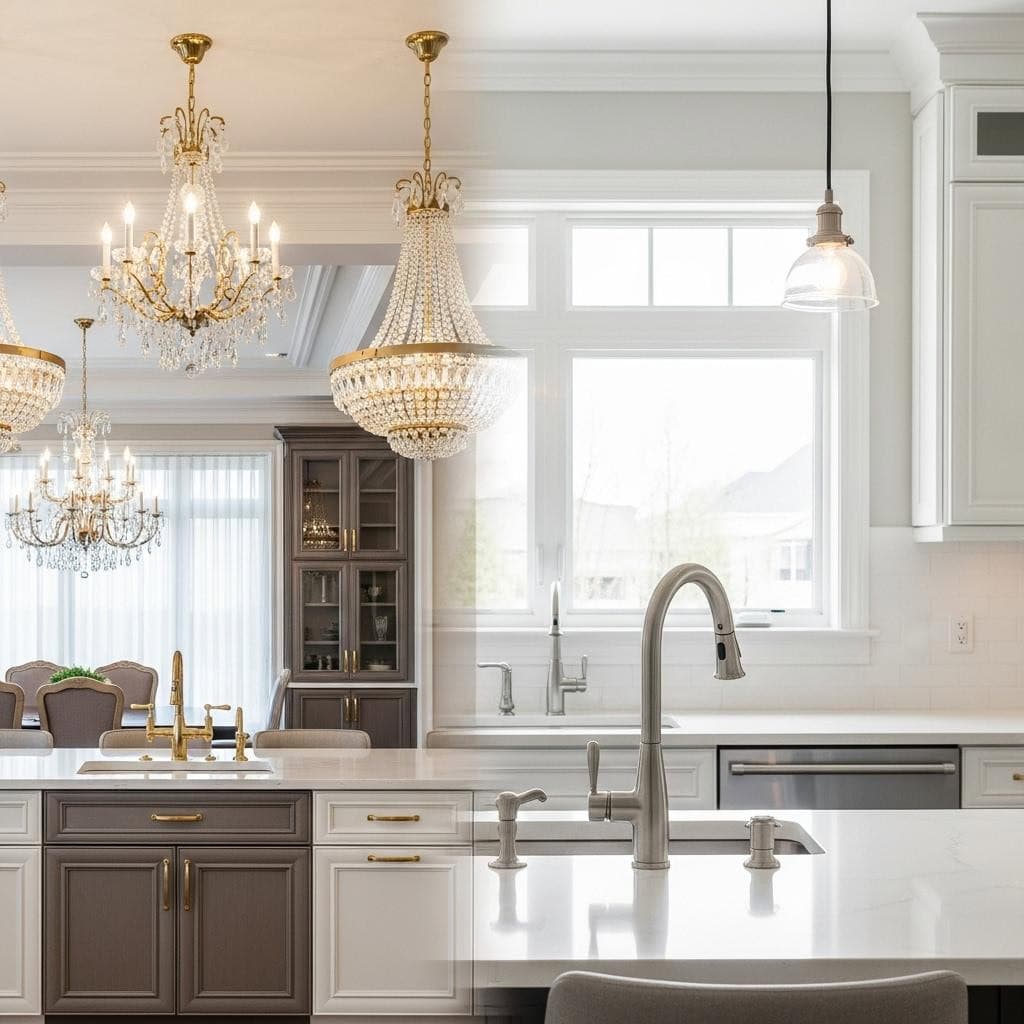Renovating your home can boost comfort and reflect your personal style, but not all upgrades are wise investments. Some changes, though appealing to your tastes, might actually lower your property’s appeal to future buyers and negatively impact its resale value. Understanding which renovations may hurt your home’s marketability is crucial before making big decisions. For a deeper look at how certain remodels can affect your home’s worth, check out this Bankrate guide and Realtor.com article.


